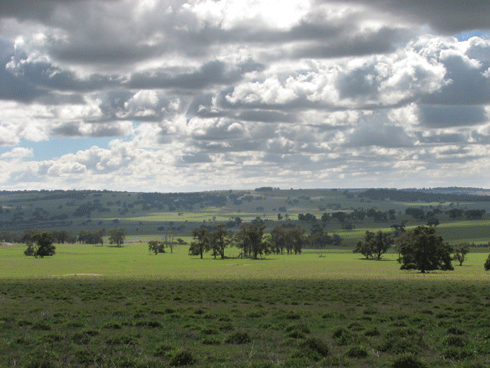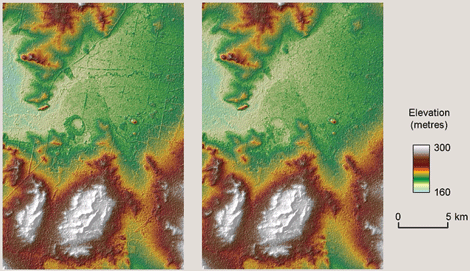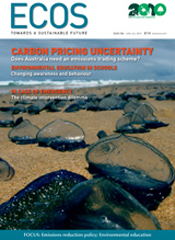
|
Published:
Digging up the facts on soil carbon
Soil carbon may not be the pot of gold that some believe. However, new research is showing that building long-term carbon levels in soils is possible, and can provide multiple benefits to farmers and landholders.
There has been great interest in the capacity of Australian soils to store carbon, and potentially provide another income source for farmers, under a possible future carbon market. Much of Australia’s land under active agricultural management has lost large amounts of carbon relative to pre-clearing conditions. Recapturing even a fraction of this carbon would make a significant contribution to mitigating Australia’s greenhouse gas emissions.
A recently released research review from CSIRO’s Sustainable Agriculture Flagship, Soil Carbon Sequestration Potential: A Review for Australian Agriculture, shows that soil carbon gains are possible. But, in many cases, the effects of past management have to be overcome before carbon levels can be increased.
The review synthesises much of the published science on soil carbon in Australia. According to lead author, CSIRO research scientist Jonathan Sanderman, it helps address some of the unanswered questions and uncertainties surrounding soil carbon in Australian agricultural systems.
‘After reviewing the results of 96 trials from around Australia, we found that soil carbon levels can be improved by implementing carbon-friendly management practices,’ Dr Sanderman says. ‘In many cases, soil carbon levels are still decreasing under current management practices, so adoption of carbon-friendly practices often only mitigates these losses.
‘While many management options within existing farming enterprises result in relative gains of 0.1 to 0.3 tonnes of carbon per hectare per year, larger soil carbon gains in the range of 0.5 to 0.6 tonnes of carbon per hectare per year can be achieved with major shifts in land management such as conversion from cropping to permanent pasture and retirement or restoration of agricultural land,’ he says.
‘Additionally, there are several emerging management options that hold theoretical promise, but at the current time, there isn’t enough research to draw firm conclusions.’
The type of practices that improve soil carbon stores include those that return more carbon to the soil, or reduce carbon losses, including:
-
improving crop or pasture nutrition through adding fertilisers, manures or nitrogen fixing legumes
-
reducing fallow periods
-
pasture phases in the crop rotation
-
retaining crop residues
-
reducing tillage
-
reducing overgrazing
-
converting from cropping to permanent pasture or forest
-
adding carbon from off-site sources, such as green waste, biosolids and biochar.
Regardless of any potential price for storing carbon, implementing these practices and building soil carbon levels in agricultural systems has a number of co-benefits. These include improving soil structure, reducing erosion risk, and increasing water-holding capacity and soil fertility.
Many factors determine whether building soil carbon is profitable under a carbon market. The costs of implementing changes – such as increased inputs (manures, fertilisers, biochar) and possible reductions in farming incomes – must be considered. At a gain of 0.1 to 0.5 tonnes of carbon per hectare per year and a carbon price of $20 per tonne of carbon dioxide-equivalents, gross returns would be in the order of $7–35 per hectare per year.
Australia-wide sampling under the National Soil Carbon Research Program, led by CSIRO and funded by the Department of Agriculture Fisheries and Forestry and the Grains Research and Development Corporation, will define the influence of particular management practices on soil carbon levels. It will also underpin the development of realistic sequestration options and targets for Australia’s agricultural regions. Sampling is underway at more than 2000 locations across the country through collaborations with CSIRO, state government agencies and universities.
As Australia grapples with the possibility of a carbon price under some form of carbon market, the need to develop sound and scientifically defensible information on soil carbon sequestration will increase.
More information:





